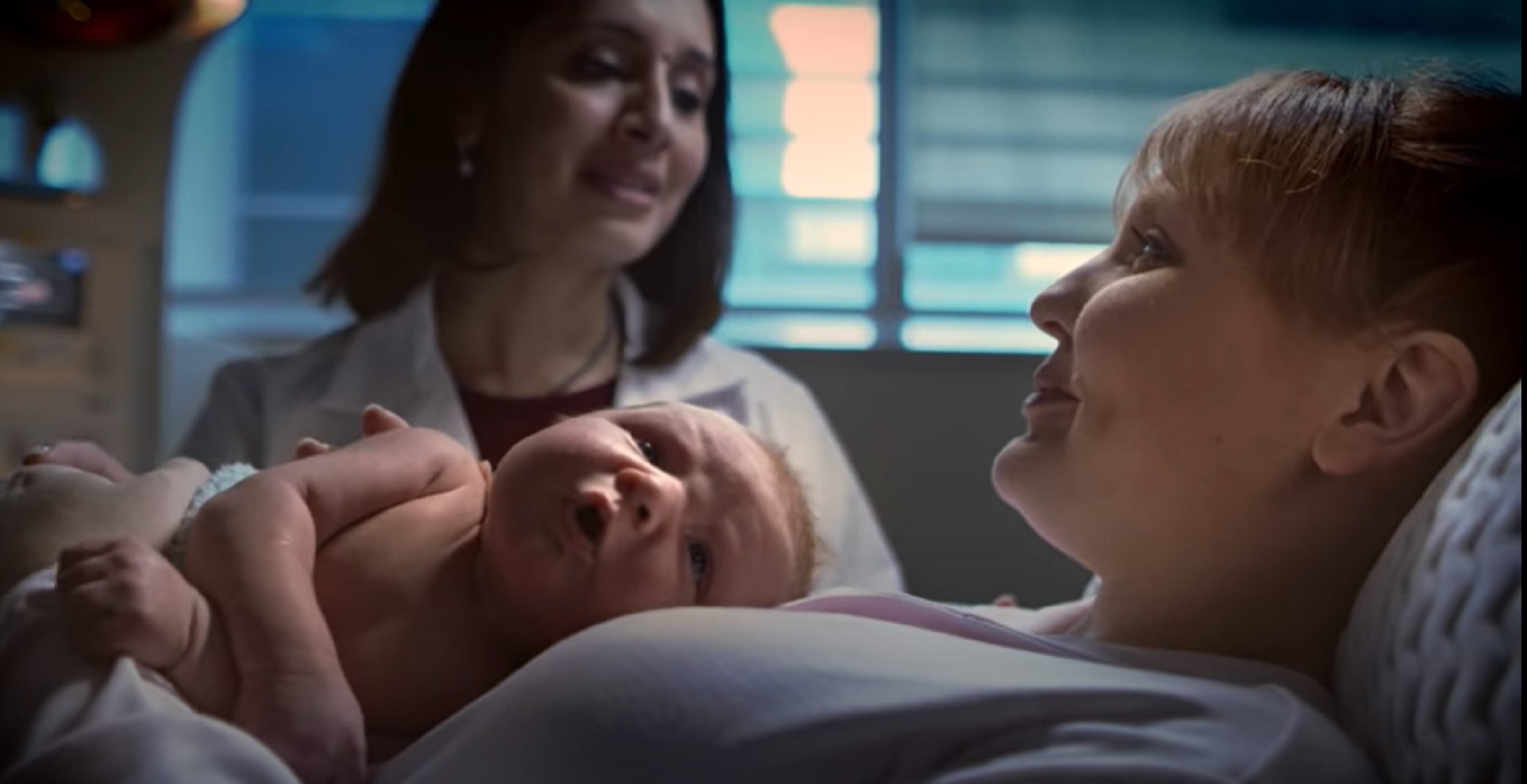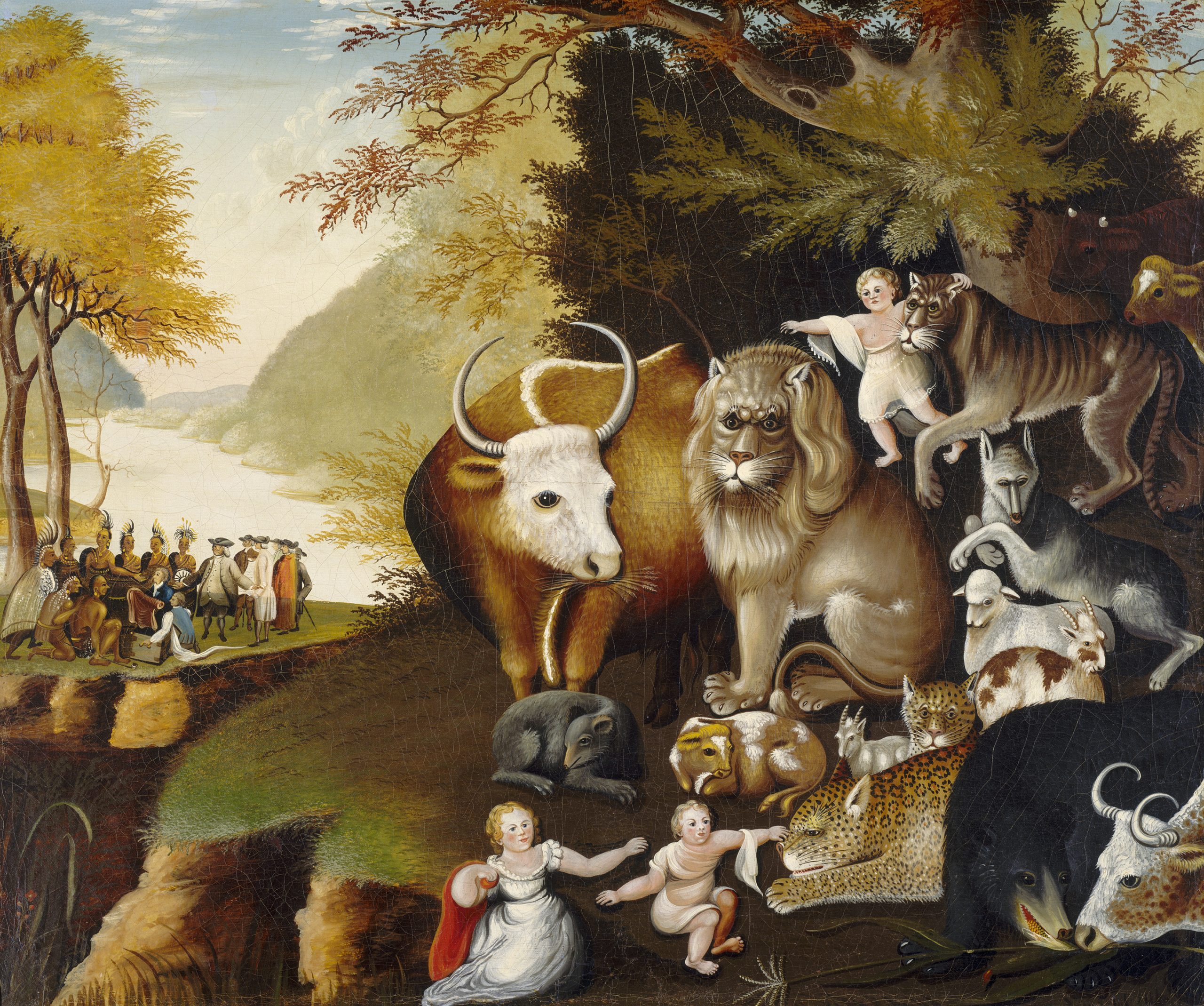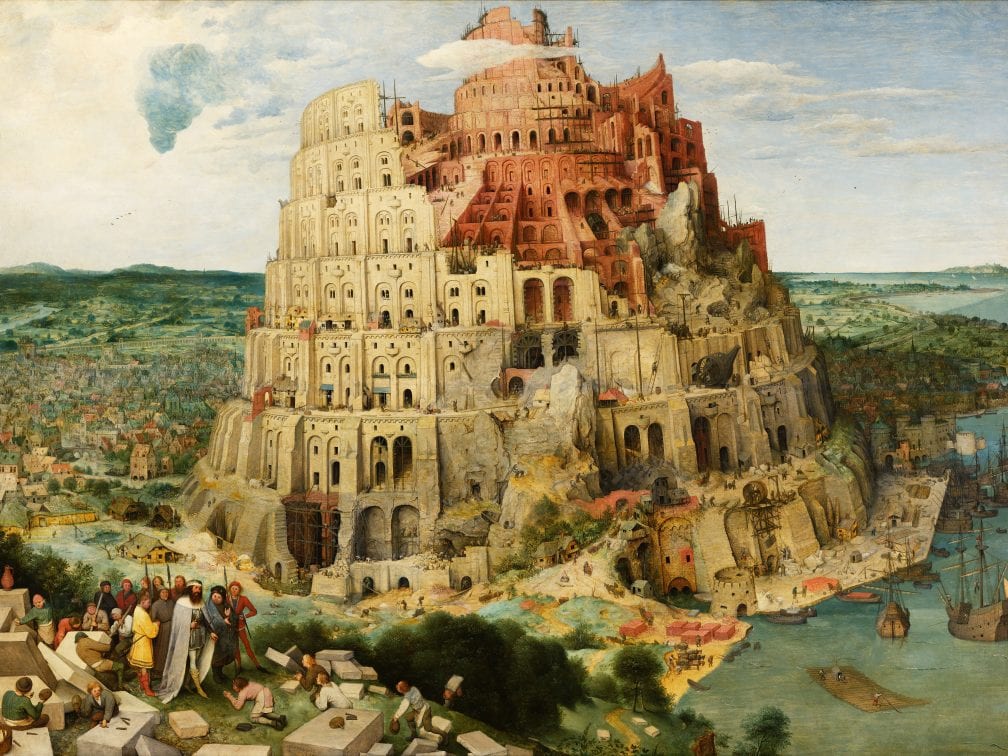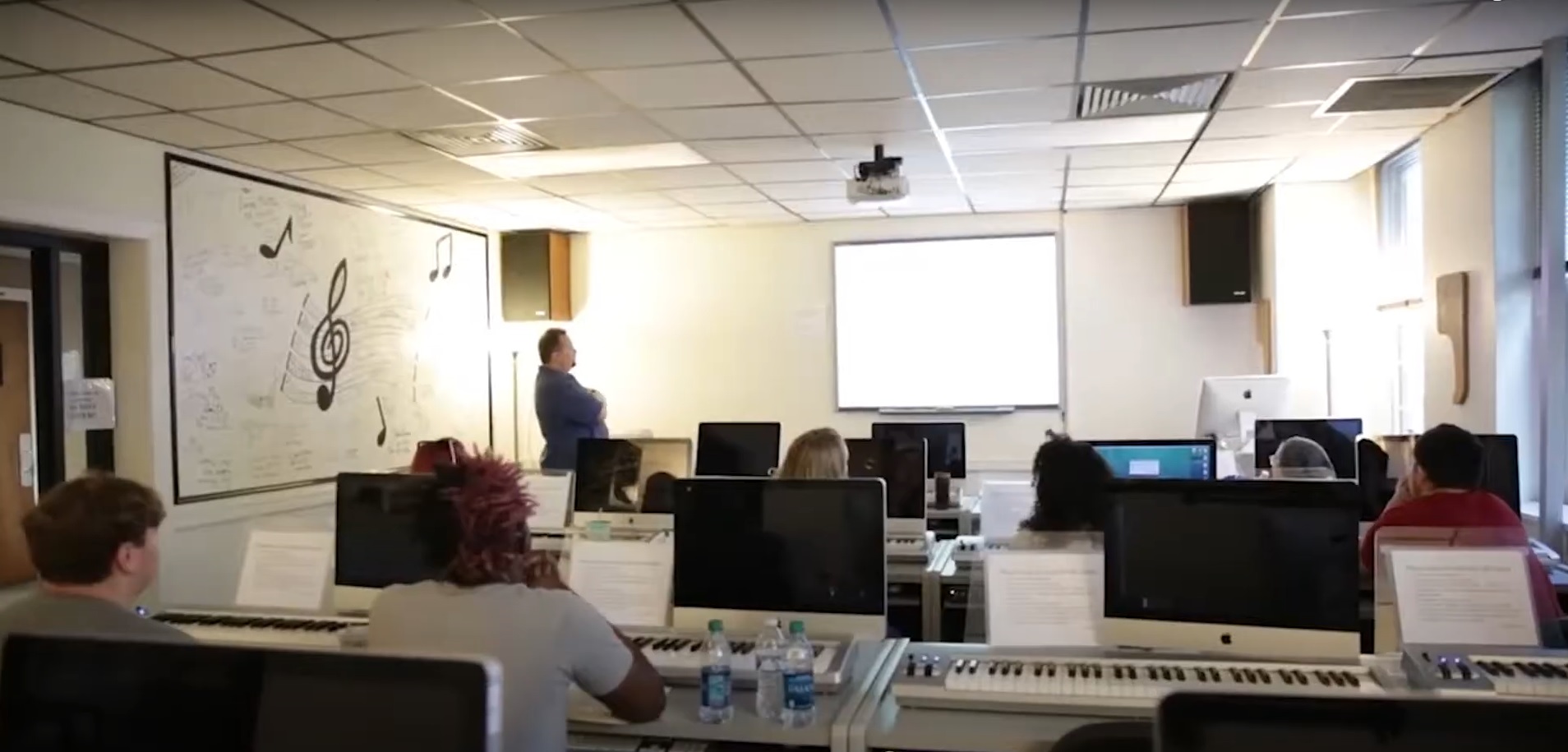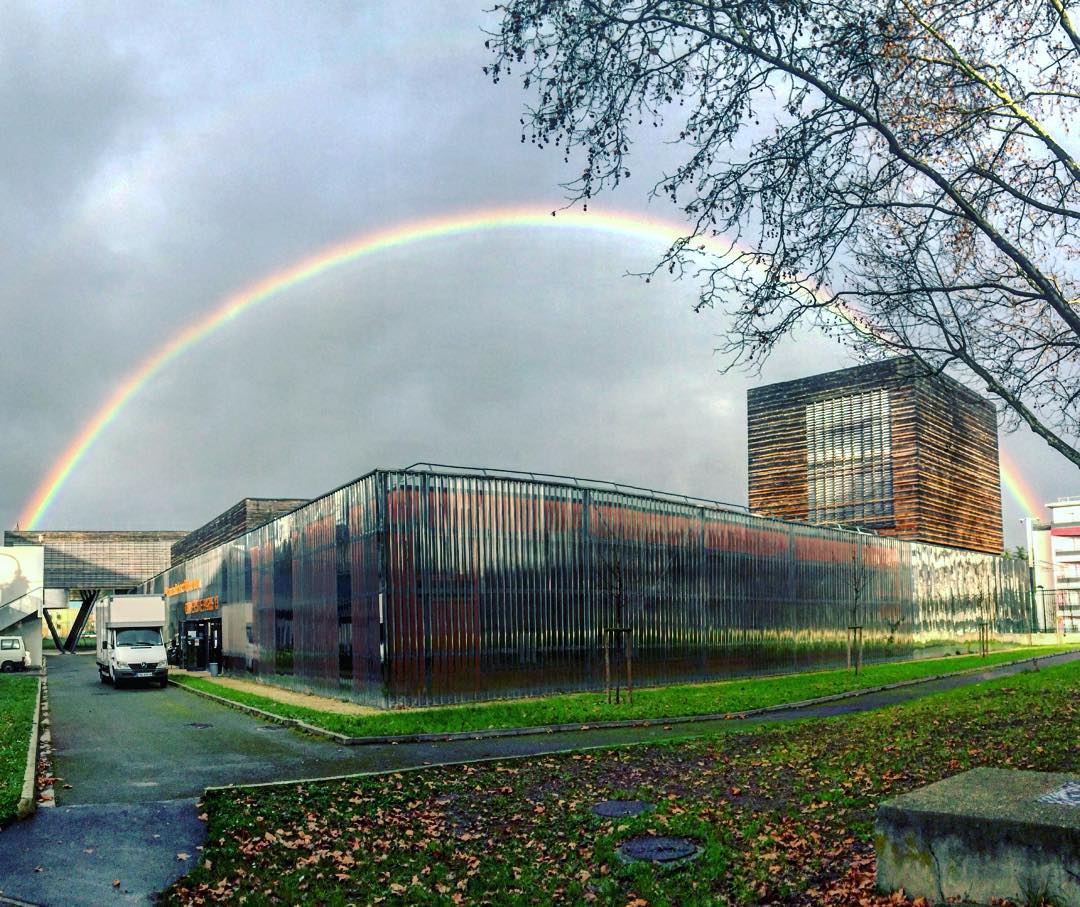Tag Archives: D1
- Home
- Posts tagged "D1"

Designing Lighting for People and Buildings
IES Standards Open for Public Review
Standard Practice on Lighting for Educational Facilities
Recommended Practice: Lighting Retail Spaces
IES Method for Determining Correlated Color Temperature
Today we feature the catalog of the Illumination Engineering Society — one of the first names in standards-setting in illumination technology, globally* with particular interest in its leading title IES LP-1 | LIGHT + DESIGN Lighting Practice: Designing Quality Lighting for People and Buildings.
From its prospectus:
“…LIGHT + DESIGN was developed to introduce architects, lighting designers, design engineers, interior designers, and other lighting professionals to the principles of quality lighting design. These principles; related to visual performance, energy, and economics; and aesthetics; can be applied to a wide range of interior and exterior spaces to aid designers in providing high-quality lighting to their projects.
Stakeholders: Architects, interior designers, lighting practitioners, building owners/operators, engineers, the general public, luminaire manufacturers. This standard focuses on design principles and defines key technical terms and includes technical background to aid understanding for the designer as well as the client about the quality of the lighted environment. Quality lighting enhances our ability to see and interpret the world around us, supporting our sense of well-being, and improving our capability to communicate with each other….”
The entire catalog is linked below:
Illumination technologies run about 30 percent of the energy load in a building and require significant human resources at the workpoint — facility managers, shop foremen, front-line operations and maintenance personnel, design engineers and sustainability specialists. The IES has one of the easier platforms for user-interest participation:
IES Standards Open for Public Review
Because the number of electrotechnology standards run in the thousands and are in continual motion* we need an estimate of user-interest in any title before we formally request a redline because the cost of obtaining one in time to make meaningful contributions will run into hundreds of US dollars; apart from the cost of obtaining a current copy.
We maintain the IES catalog on the standing agendas of our Electrical, Illumination and Energy colloquia. Additionally, we collaborate with experts active in the IEEE Education & Healthcare Facilities Committee which meets online 4 times monthly in European and American time zones; all colloquia online and open to everyone. Use the login credentials at the upper right of our home page to join us.
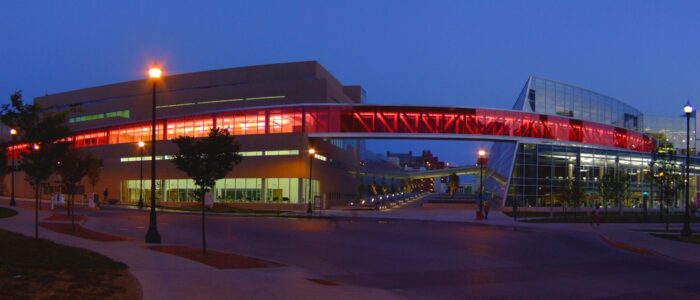


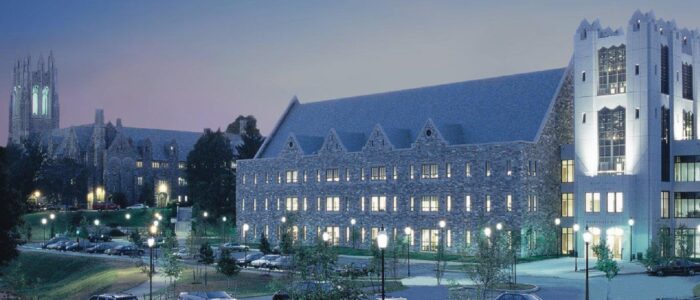

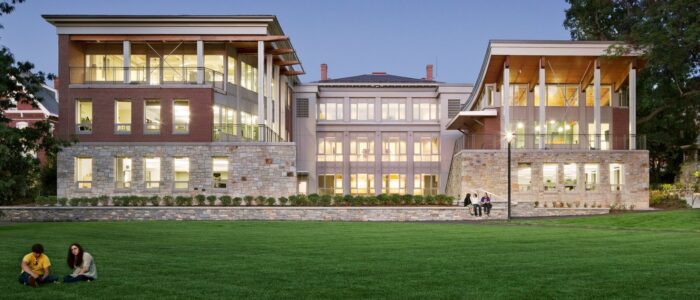


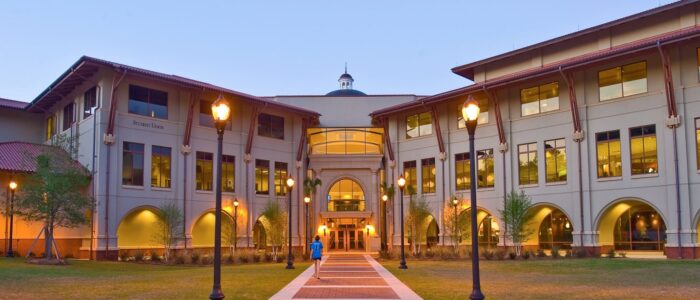
Issue: [Various}
Category: Electrical, Energy, Illumination, Facility Asset Management
Colleagues: Mike Anthony, Gary Fox, Jim Harvey, Kane Howard, Glenn Keates, Daleep Mohla, Giuseppe Parise, Georges Zissis
* “Brownian Motion” comes to mind because of the speed and interdependencies.
LEARN MORE:
Illuminating Engineering Society Welcomes New Director of Development
Shayna Bramley Brings 21 years of Lighting Industry Experience to IESTo learn more, to go: https://t.co/YApdTPvR8E pic.twitter.com/PGDCtO4jrC
— Illuminating Engineering Society (@The_IES) December 26, 2018
The LD+A editorial and sales team members just couldn’t resist visiting Bugsy and Meyer’s Steakhouse (covered in the December 2021 issue) while in Las Vegas for LightFair! Read up on the details of the shadowy project here: https://t.co/7eoLPT69Dx #TheIES #LightFair2022 #lighting pic.twitter.com/uWmolsNpMz
— Illuminating Engineering Society (@The_IES) June 22, 2022
Health 400 | OB-GYN
National Center for Health Statistics: Birth Data Files
From Cheerleader & Footballer To Pregnant at 15
Jordan Peterson: Accidental Childlessness, The Epidemic That Dare Not Speak Its Name
Today we break down regulations, codes, standards and open-source literature governing the safety and sustainability of university-affiliated medical research and healthcare delivery facilities. Because of the complexity of the topic we break down our coverage:
Health 200. Survey of all relevant codes, standards, guidelines and recommended practices for healthcare settings.
Health 400. All of the above with special consideration needed for obstetrics, gynecological and neonatal clinical practice and research.
Today we confine our interest to systems — water, power, telecommunication and security; for example — that are unique to campus-configured, city-within-city risk aggregations. Electrotechnologies (voltage stability, static electricity control, radio-interference, etc.) in these enterprises are subtle, complex and high risk. Sample titles from legacy best practice literature in this domain are listed below:
American College of Obstetricians and Gynecologists: Levels of Maternal Care
Provision of Care, Treatment, and Services standards for maternal safety
Since our interest lies in the habitable spaces for these enterprises we usually start with a scan of the following titles:
International Building Code Section 407 (Institutional Group I-2) identifies requirements specific to healthcare settings, covering aspects such as fire safety, means of egress, and smoke compartments. Maternity and obstetric facilities within hospitals fall under this classification.
K-TAG Matrix for Healthcare Facilities
NFPA 70 National Electrical Code Article 517
NFPA 99 Healthcare Facilities Code
NFPA 101 Life Safety Code Chapters 18 & 19
ASHRAE 170 Ventilation of Healthcare Facilities
Relevant Institute of Electrical and Electronic Engineers research
Towards Deeper Neural Networks for Neonatal Seizure Detection
A System to Provide Primary Maternity Healthcare Services in Developing Countries
Deep Learning for Continuous Electronic Fetal Monitoring in Labor
Reorganizing of University Hospital of Oran’s operating theatre: Simulation approach
Finally, we collaborate with the IEEE E&H Committee on the following IEC committee projects from IEC/TC 62 Electrical equipment in medical practice:
– Common aspects of electrical equipment used in diagnostic imaging equipment
– Equipment for radiotherapy, nuclear medicine and radiation dosimetry
– Electromedical equipment for neonatal care
![]()
More
A relatively new publisher of related standards is the Facility Guidelines Institute. We are monitoring its catalog and its processes. The healthcare facility industry is likely large enough for another non-profit but we have yet to see meaningful leading practice discovery and promulgation that is unrelated to the literature that is already out there.
Health Insurance Portability and Accountability Act (HIPAA)
Health care cost as percentage of Gross Domestic Product for six representative nations.
Association of Academic Health Centers
International Conference on Harmonization: The ICH guidelines provide guidance on the development of pharmaceuticals and related substances, including clinical trials, drug safety, and efficacy.
Animal Welfare Act and the Institutional Animal Care and Use Committee
Good Laboratory Practice: GLP is a set of principles that ensure the quality and integrity of non-clinical laboratory studies. It ensures that data generated from non-clinical laboratory studies are reliable, valid, and accurate.
International Code Council Representation of Interests
In the early to mid-1900s, some US colleges used orphaned babies in home economics programs to teach child-rearing skills
These children were referred to as "practice babies" pic.twitter.com/FZCkeu0p2m
— UberFacts (@UberFacts) August 17, 2023
👩⚕️👩🎓 Warmest congratulations to UCD School of Nursing, Midwifery and Health Systems’ Higher Diploma in Midwifery group (2022-2024), who have officially completed their 18-month programme to become registered midwives 👏👏👏 pic.twitter.com/hixD1gT1no
— University College Dublin (@ucddublin) March 7, 2024
History of the English Speaking Peoples
| Since so much of what we do in standards setting is built upon a foundation of a shared understanding and agreement of the meaning of words (no less so than in technical standard setting) that time is well spent reflecting upon the origin of the nouns and verbs of that we use every day. Best practice cannot be discovered, much less promulgated, without its understanding secured with common language. |
Hanging with grandad just like the old days 😂 pic.twitter.com/fQVarEQ5Iw
— Alexandra Churchill ✌🏼⭐️⭐️ (@churchill_alex) December 2, 2023
Virginia Woolf: pic.twitter.com/8IPw1Fmevk
— Dr. Maya C. Popa (@MayaCPopa) May 25, 2023
Cambridge: English language education in the era of generative AI
We must spread our accent further pic.twitter.com/qEc3Cqd2cH
— Midwest vs. Everybody (@midwestern_ope) April 3, 2025
Fellows Coffee Shop
“I have found that it is the small everyday deeds of ordinary folk
that keep the darkness at bay.”
— J.R. R. Tolkein
Annual Report and Accounts 2023/24: £1.310 billion
Tolkien, author of “The Lord of the Rings” and “The Hobbit,” completed his studies at the University of Birmingham in 1915. He graduated with first-class honors in English Language and Literature. After graduation, Tolkien went on to serve in World War I before embarking on his distinguished career as a writer and academic.
 |
 |
Old Joe Clocktower | Fixing Old Joe
Roger Scruton “Why Intellectuals are Mostly Left”
coffee shop 🍪☕ pic.twitter.com/W8EOY5auQu
— 𝙳𝚊𝚛𝚔 𝚊𝚌𝚊𝚍𝚎𝚖𝚒𝚊 𝚍𝚛𝚎𝚊𝚖𝚜 (@AcademiaDreams) May 23, 2024
One in every two jobs in the West Midlands are filled by university graduates as latest @UniversitiesUK data shows how crucial universities are to the UK industrial strategyhttps://t.co/hJLrqXs2D2 pic.twitter.com/yZkZ3bJWv1
— Uni of Birmingham (@unibirmingham) March 10, 2025
Our researchers have found that banning phones in schools doesn’t improve students’ mental health and wellbeing. However, increased phone and social media use correlated with negative impacts. Addressing use both in and out of school is crucial. Read more: https://t.co/OrMdq735f5 pic.twitter.com/hkuuqGnQ8q
— Uni of Birmingham (@unibirmingham) February 5, 2025
Animals 300
Kids raised right….
— Carissa (@njoyzgrl81) April 6, 2024
Today we scan the status of literature that informs the safety and sustainability of the built environment for animals large and small. Animals are found in education communities as pets. sporting partners, agricultural research and teaching settings, as medical research subjects and clinical care facilities. ANSI-Accredited standards developers with a footprint in this domain are listed below:
American Society of Agricultural and Biological Engineers
ASHRAE International
Institute of Electrical and Electronic Engineers
Animal Kingdom: A Large and Diverse Dataset for Animal Behavior Understanding
International Code Council
National Fire Protection Association
Underwriters Laboratories
Government agencies at all levels borrow from best practice recommendations in the catalog of the foregoing standards developers. Conversely, those same standards developers borrow from the best practice recommendations from the same government agencies.
Use the login credentials at the upper right of our home page.
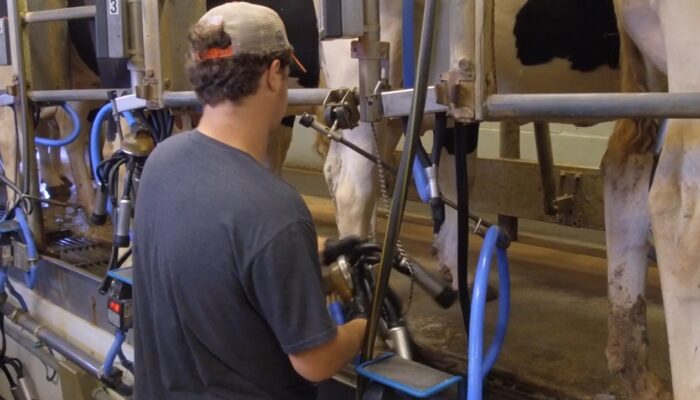


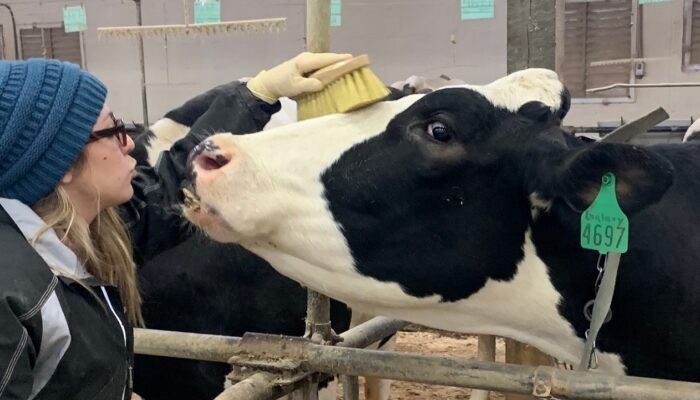

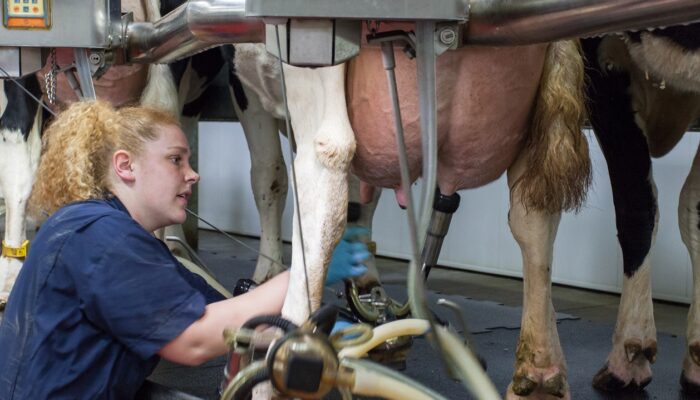
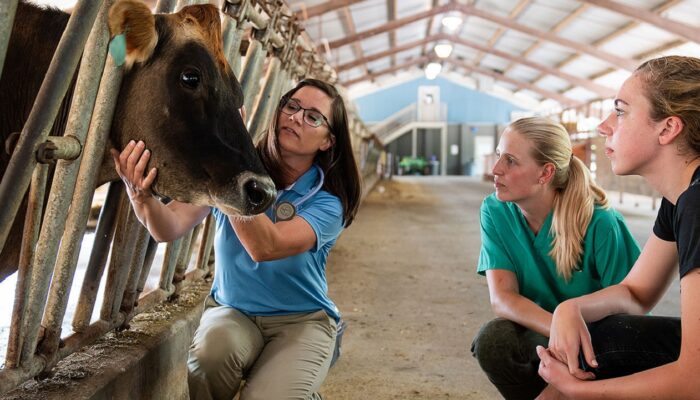
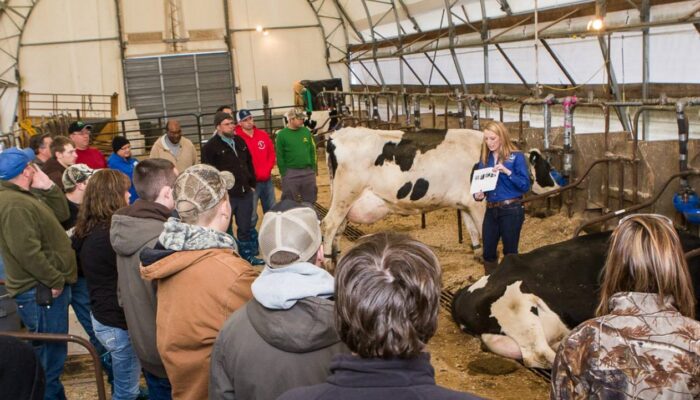


More
National Research Council: Guide for the Care and Use of Laboratory Animals
National Library of Medicine: Regulation of Animal Research
Most education communities use the foregoing regulations upon which to build their own standards. For example:
Lingua Franca
White House: Designating English as the Official Language of The United States
“The English genius is essentially eclectic;
it borrows from everywhere and from every time.”
— Peter Ackroyd | 2004 Albion: the origins of the English imagination
“Wer von Fremdsprachen nichts versteht, kennt seine eigenen nichts.”
– Johann Wolfgang von Goethe
Disagree with someone and cannot persuade them? Do you need to hide your intransigence or ulterior motive? Then change the basis of discussion by changing the subject with a different definition.
This happens routinely in political discourse and rather frequently in best practice discovery and promulgation in building construction and settlement infrastructure standards[1]. Assuming all parties are negotiating in good faith resolution may lie in agreement on a common understanding of what a satisfying agreement might look like.
Admittedly, a subtle and challenging topic outside our wheelhouse[2] hence the need to improve our organization of this topic starting with today’s colloquium; with follow on sessions every month.
Starting 2025 we will organize our approach to this topic, thus:
Language 100. Survey of linguistic basics for developing codes, standards and regulations. Many vertical incumbents have developed their own style manuals
Language 200. Electrotechnical vocabulary
Language 300. Architectural and Allied trade vocabulary
Language 400. The language of government regulations; the euphemisms of politicians with influence over the built environment
Language 500. Advanced topics such as large language models or spoken dialects such as “High Michigan” — arguably, the standard American dialect where it applies to the standards listed above.
It may not be obvious how profound the choice of words and phrases have on leading practice discovery and promulgation. For example, “What is Gender” determines the number, placement and functionality of sanitary technologies in housing, hospitals and sporting. The United States has a Supreme Court justice that cannot define “woman”
As always, we will respond to public consultation opportunities wherever we can find them. Some organizations are better than this than others.
Examples of Variations in Translations of Homer’s Odyssey
Today we limit our discussion to language changes in the catalogs of ANSI-accredited standards developers whose titles have the most influence over the interoperability of safety and sustainability technologies that create and sustain the built environment of educational settlements.
American Institute of Architects: Definitions for Building Performance
Institute of Electrical and Electronic Engineers
National Fire Protection Association
Every building construction discipline has its own parlance and terms of art.
This is enough for a one-hour session and, depending upon interest, we will schedule a breakout session outside of our normal “daily” office hours. Use the login credentials at the upper right of our home page.
Starting 2024 and running into 2025 we will break down this topic further, starting with construction contract language — Lingua Franca 300:
Asset management applies to any organization. As such, understanding its terminology, principles, and outcomes is key to an organization’s success. ISO 55000:2024 provides an overview of #AssetManagement and its expected benefits. @isostandards https://t.co/XZsWvJJ8r4
— ANSI (@ansidotorg) September 22, 2024
Electropedia: The World’s Online Electrotechnical Vocabulary
Footnotes:
(1) The United States government defines a “Green Building” as a building that has been designed, constructed, and operated in a way that reduces or eliminates negative impacts on the environment and occupants. The government has established various standards and certifications that buildings can achieve to be considered “green.”
The most widely recognized green building certification in the United States is the Leadership in Energy and Environmental Design (LEED) certification, which is administered by the U.S. Green Building Council (USGBC). To achieve LEED certification, a building must meet certain standards related to sustainable site development, water efficiency, energy efficiency, materials selection, and indoor environmental quality.
In addition to the LEED certification, there are other programs and standards that can be used to measure and certify the sustainability of buildings, such as the Green Globes rating system and the Living Building Challenge.
Overall, the goal of green building is to create buildings that are not only environmentally sustainable but also healthier, more comfortable, and more efficient for occupants, while reducing energy consumption and greenhouse gas emissions. By promoting green building practices, the U.S. government aims to reduce the environmental impact of the built environment and move towards a more sustainable future.
(2) The U.S. Green Building Council is a conformance organization. See the discussion our ABOUT for background on incumbent stakeholders.
Language Family Tree pic.twitter.com/RREloueklh
— English Grammar (@GrammarUpdates) September 21, 2024
Latte Macchiato
2019 ProPublica Non-Profit Explorer | IRS 990 Net Assets $90.194M
“The Liberals are Coming, and They’re Bringing Fancy Coffee” https://t.co/XykfCFYZgVhttps://t.co/exHU6TR2h9
America is changed by flight from miserable Blue States to better Red States—only to import the policies that created the misery they fled from in the first place. pic.twitter.com/OaVVgrTxJr— Standards Michigan (@StandardsMich) October 31, 2022
Use Case: Julia Programming Language for Artificial Intelligence
Julia is a programming language that has gained popularity in the field of artificial intelligence (AI) and scientific computing for several reasons.
High Performance: Julia is designed to be a high-performance language, often compared to languages like C and Fortran. It achieves this performance through just-in-time (JIT) compilation, allowing it to execute code at speeds close to statically compiled languages. This makes Julia well-suited for computationally intensive AI tasks such as numerical simulations and deep learning.
Ease of Use: Julia is designed with a clean and expressive syntax that is easy to read and write. It feels similar to other high-level languages like Python, making it accessible to developers with a background in Python or other scripting languages.
Multiple Dispatch: Julia’s multiple dispatch system allows functions to be specialized on the types of all their arguments, leading to more generic and efficient code. This feature is particularly useful when dealing with complex data types and polymorphic behavior, which is common in AI and scientific computing.
Rich Ecosystem: Julia has a growing ecosystem of packages and libraries for AI and scientific computing. Libraries like Flux.jl for deep learning, MLJ.jl for machine learning, and DifferentialEquations.jl for solving differential equations make it a powerful choice for AI researchers and practitioners.
Interoperability: Julia offers excellent interoperability with other languages, such as Python, C, and Fortran. This means you can leverage existing code written in these languages and seamlessly integrate it into your Julia AI projects.
Open Source: Julia is an open-source language, which means it is freely available and has an active community of developers and users. This makes it easy to find resources, documentation, and community support for your AI projects.
Parallel and Distributed Computing: Julia has built-in support for parallel and distributed computing, making it well-suited for tasks that require scaling across multiple cores or distributed computing clusters. This is beneficial for large-scale AI projects and simulations.
Interactive Development: Julia’s REPL (Read-Eval-Print Loop) and notebook support make it an excellent choice for interactive data analysis and experimentation, which are common in AI research and development.
While Julia has many advantages for AI applications, it’s important to note that its popularity and ecosystem continue to grow, so some specialized AI libraries or tools may still be more mature in other languages like Python. Therefore, the choice of programming language should also consider the specific requirements and constraints of your AI project, as well as the availability of libraries and expertise in your development team.
We present a use case below:
A Julia Module for Polynomial Optimization with Complex Variables applied to Optimal Power Flow
Julie Sliwak – Lucas Létocart | Université Sorbonne Paris Nord
Manuel Ruiz | RTE R&D, Paris La Défense
Miguel F. Anjos | University of Edinburgh
ABSTRACT. Many optimization problems in power transmission networks can be formulated as polynomial problems with complex variables. A polynomial optimization problem with complex variables consists in optimizing a real-valued polynomial whose variables and coefficients are complex numbers subject to some complex polynomial equality or inequality constraints. These problems are usually directly expressed with real variables. In this work, we propose a Julia module allowing the representation of polynomial problems in their original complex formulation. This module is applied to power system optimization and its generic design enables the description of several variants of power system problems. Results for the Optimal Power Flow in Alternating Current problem and for the Preventive-Security Constrained Optimal Power Flow problem are presented.
CLICK HERE to order complete paper
New update alert! The 2022 update to the Trademark Assignment Dataset is now available online. Find 1.29 million trademark assignments, involving 2.28 million unique trademark properties issued by the USPTO between March 1952 and January 2023: https://t.co/njrDAbSpwB pic.twitter.com/GkAXrHoQ9T
— USPTO (@uspto) July 13, 2023
Standards Michigan Group, LLC
2723 South State Street | Suite 150
Ann Arbor, MI 48104 USA
888-746-3670






